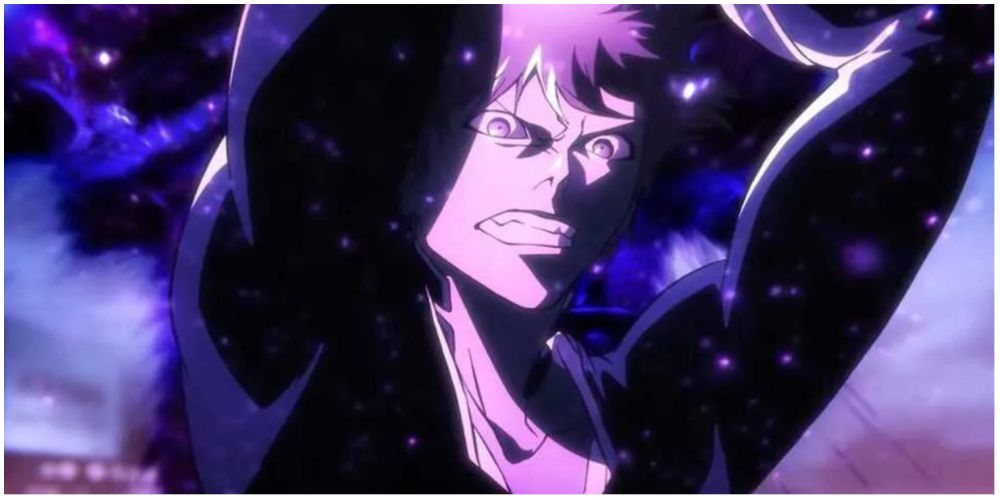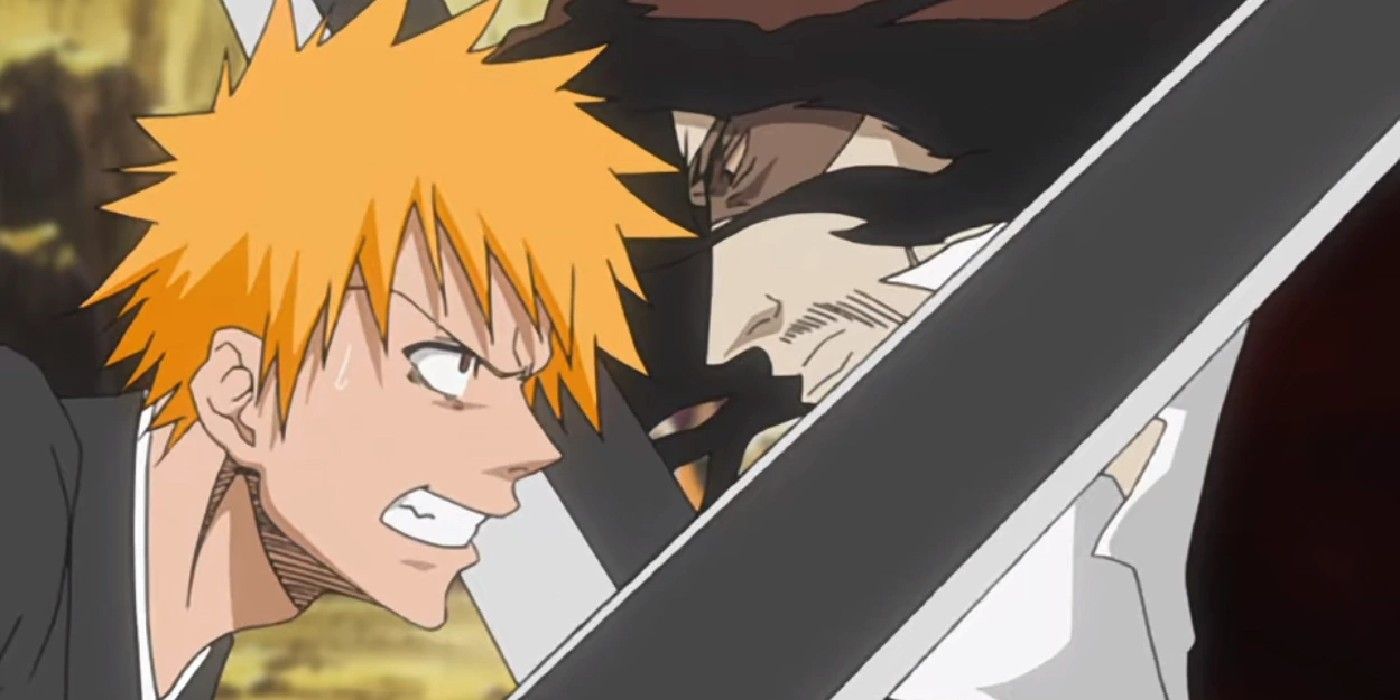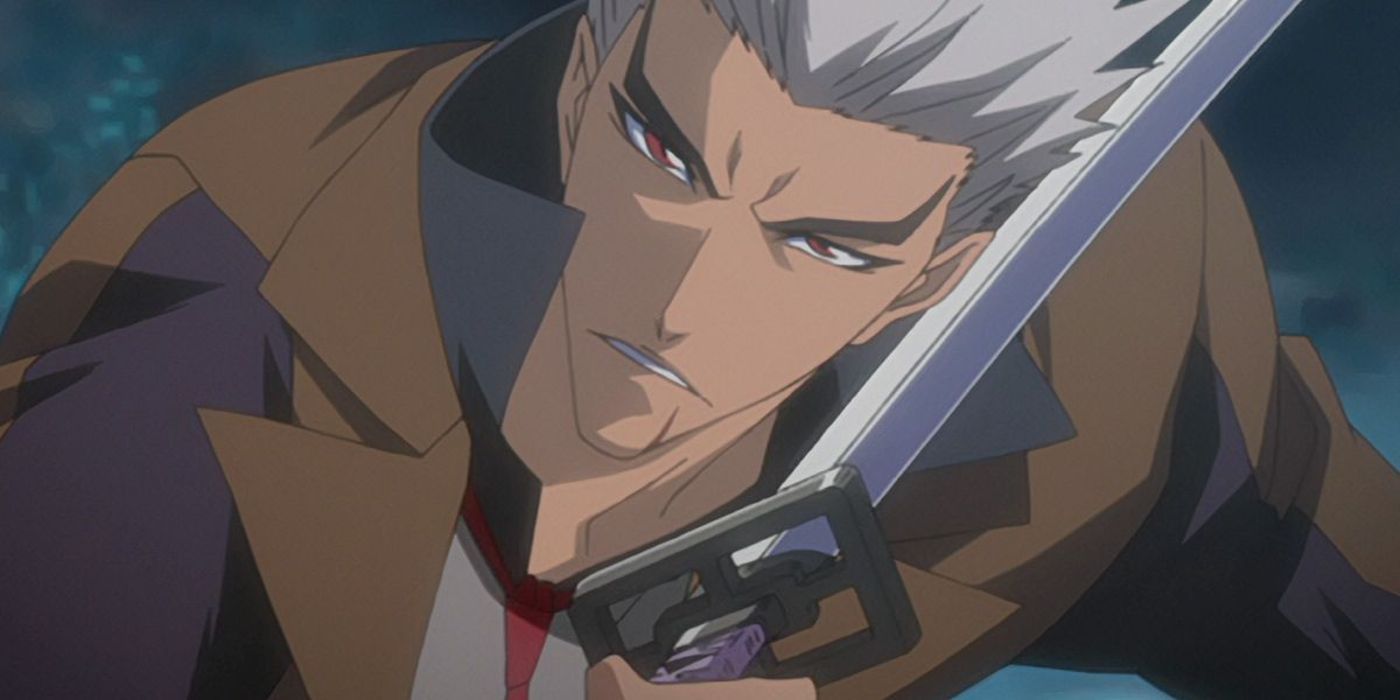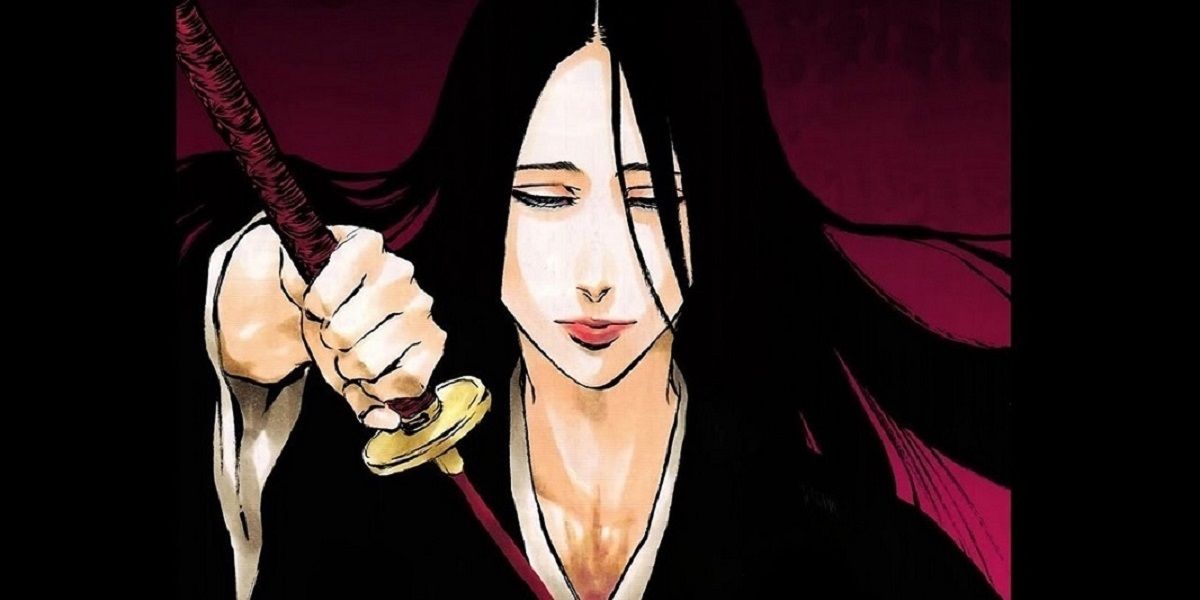Premiering in the pages of Shonen Jump Magazine in 2001, Tite Kubo's Bleach has sold over 130 million copies of its seventy-four-volume run. In 2012, the anime would unfortunately be canceled before Studio Pierrot could adapt the final arc of the series, "The Thousand-Year Blood War".
Following the manga's conclusion in 2016, community support would carry the franchise until a revival of the anime was announced in 2020. With the final episodes set to hit airways this October, it's hard to not get caught up in the hype.
Teenage angst, eccentric haircuts, and sword-fighting Death Gods dressed in black are small pieces of what's captivated fans of Bleach in the early 2000s. Spanning 686 chapters over fifteen years, the Bleach's longevity in the face of overwhelming adversity is a testament to Tite Kubo's impact on pop culture. The recent uptick in public interest in the franchise has set expectations high for the revival. Perhaps taking a step back and revaluating the events that led to Anime's cancelation and resurrection might better prepare fans for what's to come.
During the anime's original lifespan, Studio Pierrot produced anime episodes in conjunction with the release of manga chapters, meaning the two mediums shared a symbiotic relationship; Studio Pierrot would use manga sales figures to guide its production while Shonen Jump used the anime's success to boost manga sales. Should Studio Pierrot run out of episodes to adapt, then they would create their anime-only narratives, also known as filler arcs.
This approach seemed to work out fine until the studio was forced to shoehorn over 80 episodes of filler throughout the Arrancar arc, creating a jarring experience for anime-only watchers. It should be emphasized that these arcs weren't all panned, both the Zanpakto Rebellion and Reigai Invasion arcs were well received among viewers, however shifting focus back to the main story midway into an arc negatively affected the overall pace of the anime, which also depressed enthusiasm for the manga.
As previously mentioned, Kubo would struggle to keep up with the demand for more manga chapters throughout the Arrancar storyline's development. To throw gasoline on the fire, Kubo's rising health concerns would impact his writing, gaining the ire of both fans and critics alike. Detractors would site characters such as the Espada being killed off before being properly fleshed out, opportunities for world-building being squandered, and awkward pacing in places as indicators of a drop in quality. These factors eventually compounded, leading to diminishing manga sales which lead to anime production ceasing after completing work on its adaptation of the Lost Agent Arc.
Come February 2012, whether it be of his own volition or a reaction to outside pressure, Kubo announced that Bleach would conclude with the release of its seventy-fourth volume. Despite having a more positive reception than its predecessor, the final arc, the thousand-year blood war suffered divisive reviews. Most fans saw the final 218 chapters as a welcome return to form while others felt many of their problems with the Arrancar arc had resurfaced in the Sternwritter. August 2016 would mark the release of Bleach's climax, and even six years later, the debate surrounding the finale still hasn't died down.
For two years, the franchise lived on in the likes of spin-off video games and lore speculation YouTubers. This situation wasn't ideal for fans who wanted the final arc animated or clarification on the details surrounding Bleach's ending. The consistent interest in the series was eventually noticed, and in 2018, Shueisha would publish two spin-offs -- the light novel Can't Fear Your Own World and one-shot Burn the Witch would serve to satiate the community's demand for answers while building upon Kubo's established lore.
As newfound hype and speculation flooded online spaces, it wouldn't be long before Burn the Witch would receive an anime adaptation and Can't Fear Your Own World was graced with English translations for all three volumes. Positive momentum would eventually turn attention back to the main series and in March 2020, it would be announced that Bleach's final chapters would finally receive an anime adaptation, giving fans the closure they had long sought after. With the release of Bleach's special one-shot chapter last year, hope for a new arc had sparked in fans' minds, setting expectations for Studio Pierrot even higher.
Today, Bleach is in a better place than it has ever been, but hype is a double-edged sword. The loudest of Bleach's acolytes could just as easily become the harshest detractors should the backlash to the anime be severe enough. As the release date draws closer and new details emerge, the revival's production outlook seems promising. In a Q&A Tite Kubo held back in February, the mangaka revealed that certain plot elements would be expanded upon in the anime, along with the closing of plot holes, potentially resolving two of the major criticisms in the manga.
Those who stuck it out and kept the series alive in either video game spin-offs or message boards should see this as a victory, and shouldn't take this change of fortune for granted. Regardless of the end product, the series' resurrection did not come without its costs, and that effort in isolation is worthy of recognition. With expectations high as they are and a potential new manga arc in the works, all eyes are on Studio Pierrot to keep the momentum going. There's no telling how fans will ultimately react, but that shouldn't stop the community from celebrating, nonetheless.




